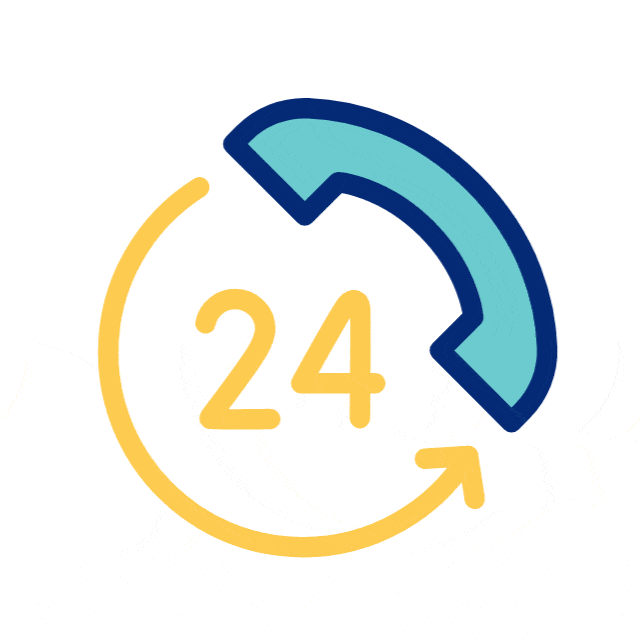Category : Speech and Hearing
Cleft lip and palate (CLP) is a congenital condition that affects thousands of children worldwide. Children with this condition are affected by feeding problems, the ability to communicate, such as speech-language problems, and physical and emotional well-being. In this blog post, we’ll explore what cleft lip and palate are, their causes, and the various treatment options available to help affected individuals lead fulfilling lives.
Incidence & Causes
Over a period, studies have reported that CLP is seen in approximately 1 in 700 live births worldwide. It is a congenital condition when a baby’s lip and/or palate do not fully form during pregnancy. It could be due to multiple causes, for example, genetics, lack of folic acid during embryological development, smoking during pregnancy and many more. While surgical interventions can address the physical aspects, individuals affected by this condition often face unique speech and language development challenges.
Challenges in Speech & Language Development
In children with CLP, the speech problems are deviated more than delayed. Among the many associated problems faced by individuals with CLP, one of the primary challenges is articulation, which refers to the production of speech sounds. Anatomical differences caused by the cleft can lead to difficulties correctly placing the oral articulators for appropriate speech sound production. This can result in deviated speech that sounds unclear or distorted. We can also observe resonance problems such as hypernasality nasal air emission. For instance, in cases where the soft palate is affected, causing poor closure of the velopharyngeal port, air escapes through the nose and may experience hypernasality. This can make speech sound hypernasal and affect overall speech intelligibility. Some individuals develop compensatory speech patterns to work around their cleft-related challenges. These patterns involve using alternative articulatory movements or placements, which can lead to atypical speech production. While these compensations may be functional in the short term, they can become hindrances as the individual grows older. Children with CLP may also experience language problems such as a lack of vocabulary, reduced mean length of utterances, and poor narrative skills.
Importance of Early Intervention
A multidisciplinary treatment approach involving speech-language pathologists, plastic surgeons/maxillofacial oral surgeons, orthodontists, prosthodontists, and other specialists can help individuals have a better quality of life. The intensive treatment provided by the team addresses both the physical and speech-language problems of the condition. Although surgery is a primary intervention within a year, surgical intervention alone cannot resolve the persisting speech and language problems. Hence, speech and language therapy is critical to building better communication skills. Early speech-language intervention, starting in infancy, can help develop appropriate articulatory movements and linguistic skills and address compensatory patterns. A customized therapeutic approach will be provided for each individual as the problem can show wide variability in its severity. The primary goal of Speech-language therapy is to improve the quantity of speech and enhance the quality of speech. Many evidence based studies have shown that successful speech and language outcomes are possible only in regular assessments and intensive speech-language therapy is implemented. Hence, early intervention and a multidisciplinary approach can significantly improve outcomes. With the proper support, individuals with CLP can achieve effective communication and a better quality of life.
Manasa A.S
Assistant Professor
JSS Institute of Speech and Hearing, Mysuru





